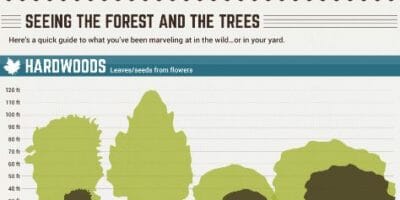The Future Of Trees: Exactly How To Determine When Elimination Is Required
The Future Of Trees: Exactly How To Determine When Elimination Is Required
Blog Article
Authored By-Blom Holme
If you've ever questioned the fate of the trees on your home, understanding when it's time for removal is vital. Yet how do you establish if a tree can be saved or if elimination is the only option? By searching for certain indications and assessing safety and security dangers, you can make informed decisions that profit both your landscape and your environments. Allow's explore the vital factors that enter into play when determining the fate of a tree and just how you can make certain the most effective outcome for your green companions.
Indicators of Tree Decrease
If you observe any one of the complying with indicators of tree decline in your yard, it might be time to take into consideration tree elimination.
One typical sign is dead or decaying branches, which can indicate underlying issues affecting the tree's wellness. Look out for blemished or wilted fallen leaves that persist despite having correct care, as this could be an indication of disease or pests.
One more warning signal is too much leaning or an obvious shift in the tree's base, which might recommend origin issues or structural instability. Watch out for fungal development on the trunk or roots, as this can indicate rot and jeopardize the tree's stability.
Additionally, if you observe big cracks in the trunk or significant limbs, it's vital to resolve these issues immediately to avoid prospective risks. Attending to these indicators of tree decrease promptly can assist keep the safety and security and aesthetic appeals of your backyard setting.
Security Concerns
To ensure the well-being of your home and those around you, focusing on safety worries connected to trees is paramount. Trees can posture different safety risks if not effectively preserved. Dead or worn out branches may drop suddenly, jeopardizing people or damaging frameworks.
Leaning trees can likewise be unsafe, particularly if they're leaning towards a building or power lines. In addition, trees with considerable origin systems near foundations or below ground energies can create substantial damage in time.
It's essential to routinely inspect your trees for any kind of indications of prospective danger. Look out for splits in the trunk, big cavities, or indicators of disease and degeneration. If you see any of these concerns, it's best to seek advice from a professional arborist to evaluate the circumstance and identify the necessary course of action.
Taking proactive actions to resolve safety and security issues promptly can prevent crashes and residential property damage in the future. Remember, the safety of your residential or commercial property and those around you must constantly be the leading priority when it comes to tree upkeep.
Consulting an Arborist
When taking into consideration the health and safety of your trees, speaking with an arborist is an essential step. https://www.google.com/search?q=Precision+Timber+Felling&ludocid=14488364426700125656&lpsid=CIHM0ogKEICAgID9vpTCQg&source=sh/x/localposts/m1/1&lsig=AB86z5XDzNisBWY-O2yj3bksCBA3&shndl=-1&kgs=857edde0ca74e2e9 are trained professionals who focus on the care and upkeep of trees. They can examine the general wellness of your trees, recognize any type of problems such as illness or architectural troubles, and supply experienced referrals on the most effective strategy.
By speaking with an arborist, you can obtain useful insights into the condition of your trees and establish whether elimination is needed. Arborists have the knowledge and experience to examine the threats related to keeping a tree versus removing it. They can also provide guidance on different services, such as trimming, cabling, or bracing, to help preserve the tree whenever possible.
In addition, arborists can aid you browse any type of local laws or permits that may be needed for tree elimination. Their expertise can make sure that the procedure is carried out securely and in compliance with any type of relevant legislations.
Conclusion
To conclude, when establishing whether trees can be conserved or if elimination is required, it is necessary to take into consideration indications of decrease and safety and security issues. Consulting an arborist for a complete evaluation is essential in making the most effective decision for the tree's health and potential threats. Remember, proactive treatment and timely action can aid maintain trees and protect against accidents.
